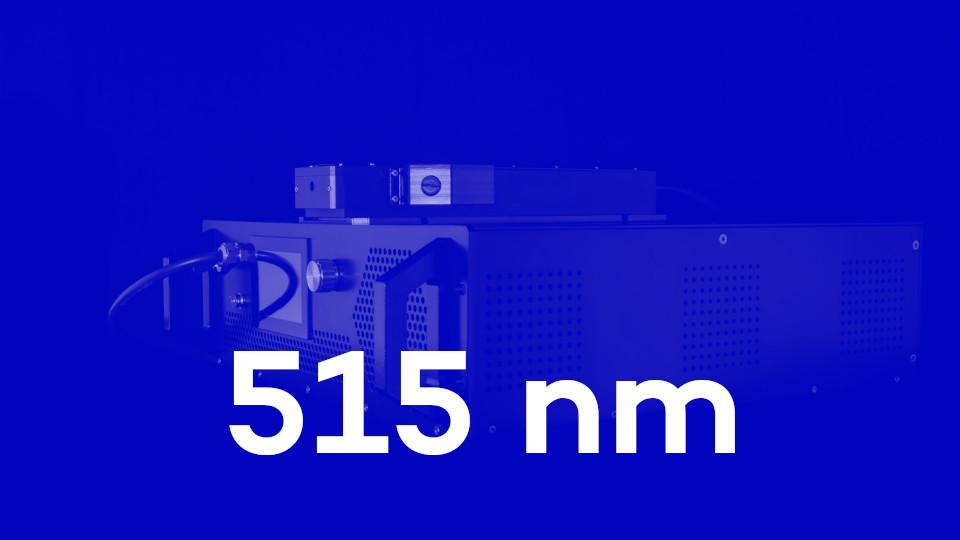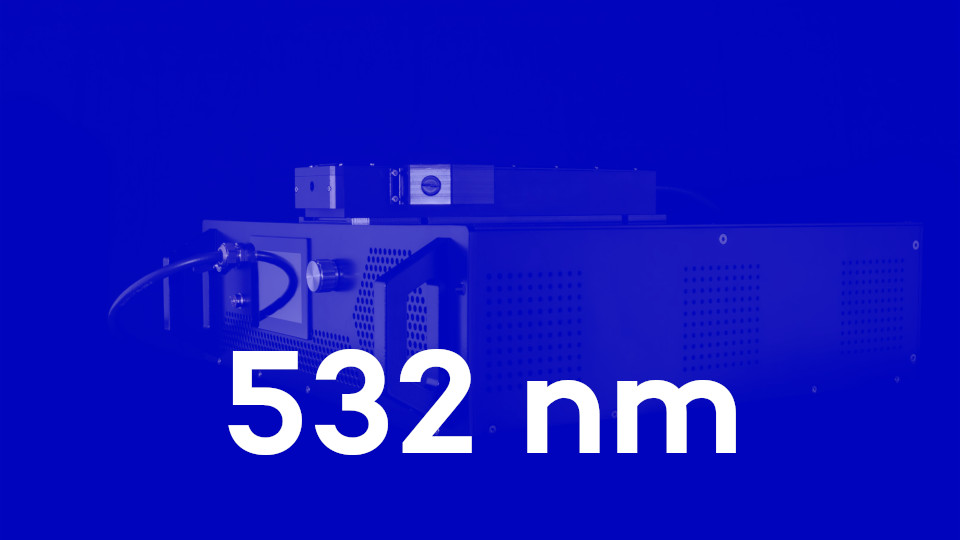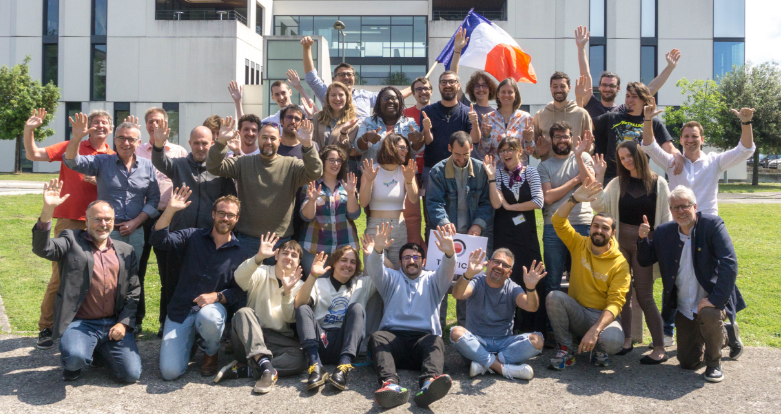For High brightness Laser Pumping
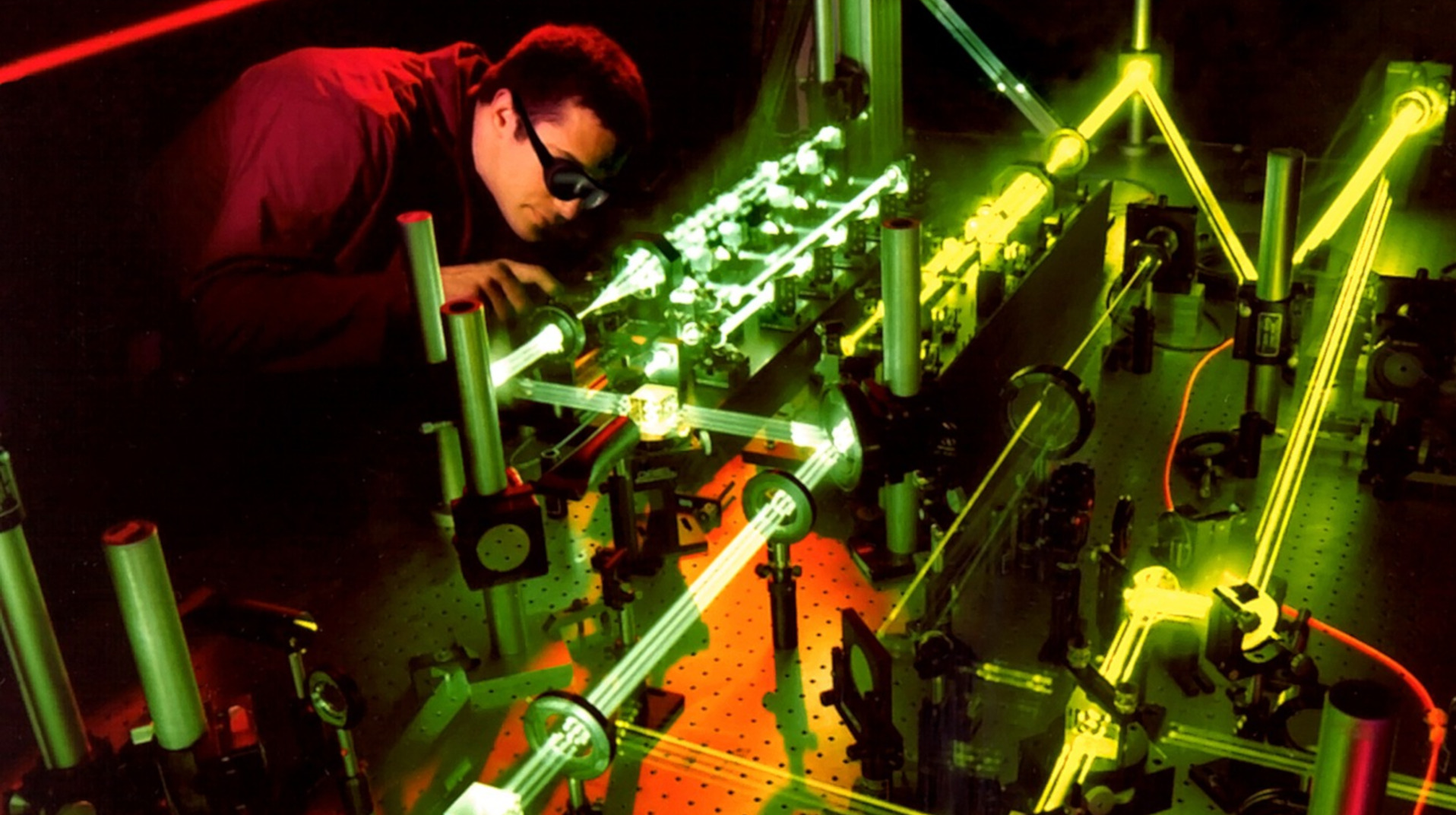
What is laser pumping ?
This is a mechanism for transmitting energy to the atoms of the amplifying medium in order to excite them.
To create the population inversion in the laser, it is necessary to have a pump source. This will allow the atoms to go into the excited state. Most of the atoms will be in the excited state N2 > N1 (ground state or less excited state).
Thus, the population inversion will be created. The mechanism then used to achieve the laser effect is the de-excitation of these atoms by stimulated emission. To perform optical pumping, different methods are possible, including the use of another laser.
Why choose
Azurlight Lasers ?
Ytterbium Pumping
The Ytterbium has two maxima of absorption: a first at 915 nm and a second at 976 nm. Pumping will be much more efficient at 976 than at 915 nm because Ytterbium absorbs mainly around this wavelength. Azurlight Systems is the only supplier on the market to propose single-mode, high power 976 nm laser sources for this precise application.
Ti:Sa crystal Pumping
The Ti:Sa has an absorption peak around 500 nm. Usually, they were pumped at 532 nm with Argon laser for instance. However, these lasers have some disadvantages in terms of ergonomics (voluminous) and in terms of cost over the long term. Azurlight Systems propose a solution 15 times more efficient : pumping at the wavelength of 515 nm. Indeed, the closer the wavelength to the maximum absorption the pump laser will be, the better will be the pumping.
Beam Quality
To obtain a good quality of light emitted from the Ti:Sa laser, we need a good quality of light exciting the crystal of Ti:Sa and therefore a good quality of laser pump. And, Azurlight Systems is expert in the beam quality, power stability and low noise of its systems. Thus, using these systems for Ti:Sa laser pumping, the output pulses will be more stable, and low noise.
Recommended lasers & amplifiers
Ask us
You would like to order, request further information or need a specific spec ?

Pierre Laygue
Sales & Marketing director
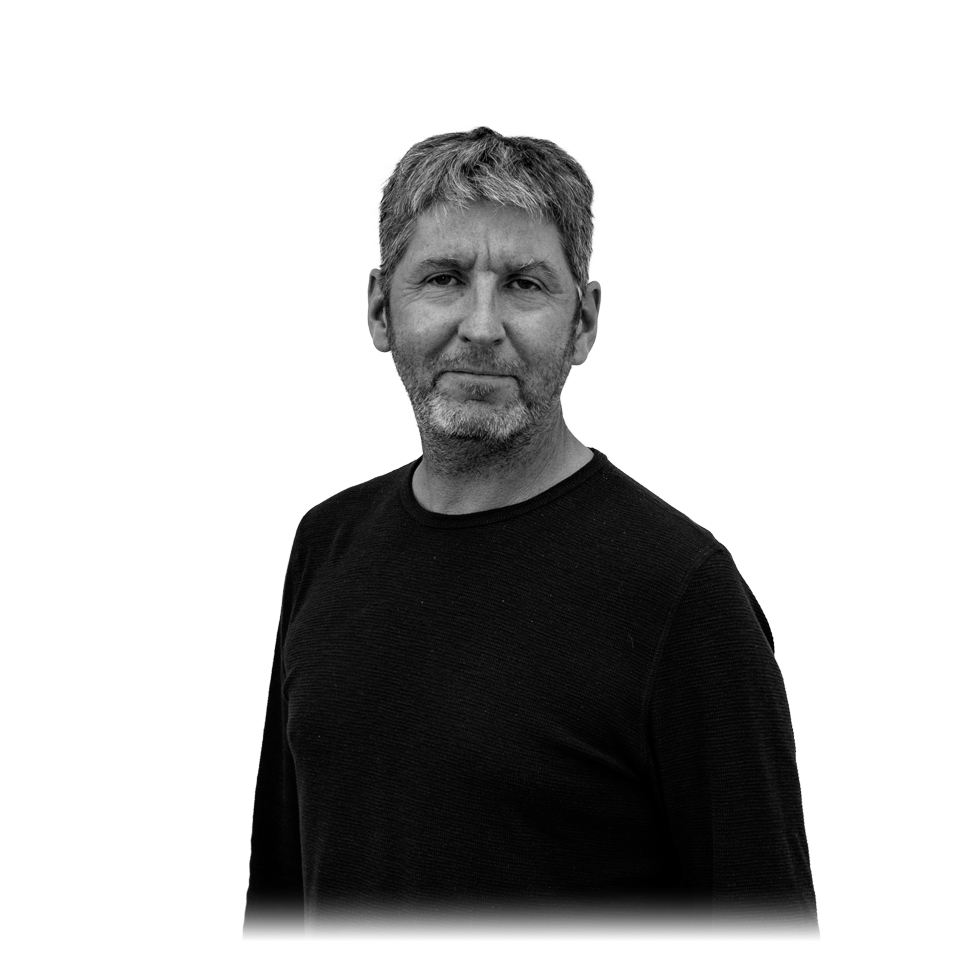
Nicholas Traynor
Founder, CEO, CSO
Fiber Lasers for High-Brightness Laser Pumping | High Efficiency Optical Pumping
Azurlight Systems designs and manufactures a range of high-power fiber lasers & amplifiers featuring high beam quality, power stability and low noise, for YTTERBIUM pumping & TI:SA CRYSTAL pumping.
